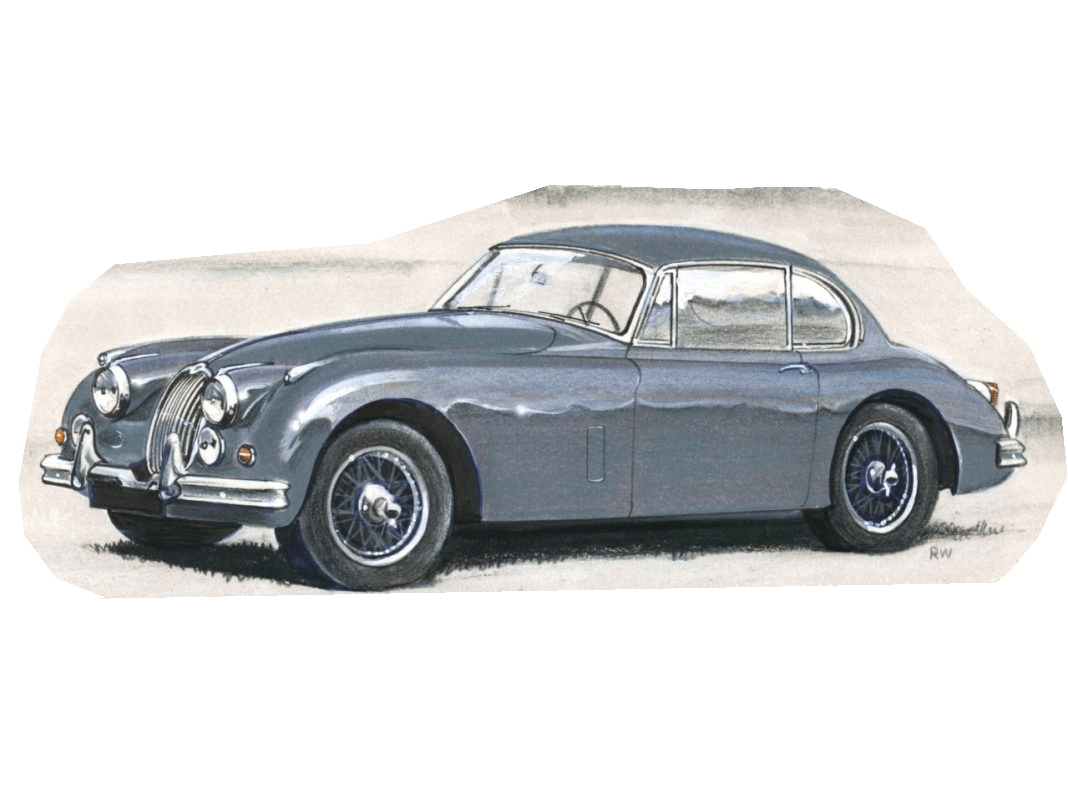
The Jaguar XK series is definitely one of the most revered among vintage car enthusiasts. These models have elegantly blend style and performance that set a precedent for future Jag models. Two standout examples in this series are the Jaguar XK140 and the Jaguar XK150. Although both these models fall into the elite XK series, unique alterations and advancements distinguish the latter from the former. The evolution from the XK140 to the XK150 saw various improvements, which refined performance, functionality, and the overall aesthetic appeal.
Firstly, let us consider the exterior aesthetics. The Jaguar XK140, introduced in late 1954, was an impressive car, featuring flowing lines and a muscular stance evoking a sense of intensity and elegance. However, Jaguar felt the need for a revamp for its successor. The XK150, unveiled in 1957, showcased a more contemporary aesthetic, with its design stepping away from the full-on curvaceous facade of the XK140. The XK150 featured a one-piece windscreen replacing the divided screen of the XK140, deeper and more squared-off wing lines, and broader grille. Moreover, the hood design was redesigned and was made longer and more aerodynamic, contributing to both an aggressive look and improved performance.
In terms of interior design, both versions possessed lavish and well-crafted cabins, but the XK150 was of superior comfort and practicality. The XK150 featured more legroom, an improved dashboard – positioning the dials in front of the driver rather than centrally as in the XK140, and an all-around better ergonomic layout, which enhanced the comfort and driving experience.
The Jaguar XK140 was powered by a 3.4-liter, inline-six engine, providing impressive performance for its time. However, the XK150 took a step further, refining the engine performance and enhancing the power output. The standard 3.4-liter engine in the XK150 was tuned to deliver more horsepower than in the XK140. Besides, an introduced options list includes a new 3.8-liter engine producing a staggering 220 horsepower, making the XK150 one of the fastest cars of its era.
Another key advancement in the XK150, which was unprecedented in the XK140, was the introduction of disc brakes. Jaguar turned to Dunlop to create a powerful servo-assisted, four-wheel-disc-brake system. This was the first production car to feature such a system, significantly enhancing the XK150’s stopping capabilities, making it safer and more secure to drive at high speeds.
In terms of steering, the XK140 had a worm and nut steering box, which was quite standard during the 50s. However, the XK150 updated to a rack and pinion system that provided a better road feel and made the car more responsive during turns.
From the chassis to the engine, the interior, and the brakes, continuous refinements and advancements from the Jaguar XK140 to the XK150 highlight Jaguar’s commitment to innovation and luxury. The Jaguar XK150 consolidated the brand’s position as a front-runner in cutting-edge car engineering and piloted some design elements that can still be seen in some of today’s Jaguar models. While the XK140 is undoubtedly a classic car and a valuable part of Jaguar’s heritage, the XK150 truly marked a major leap forward in design, performance, and innovation in the automobile industry.